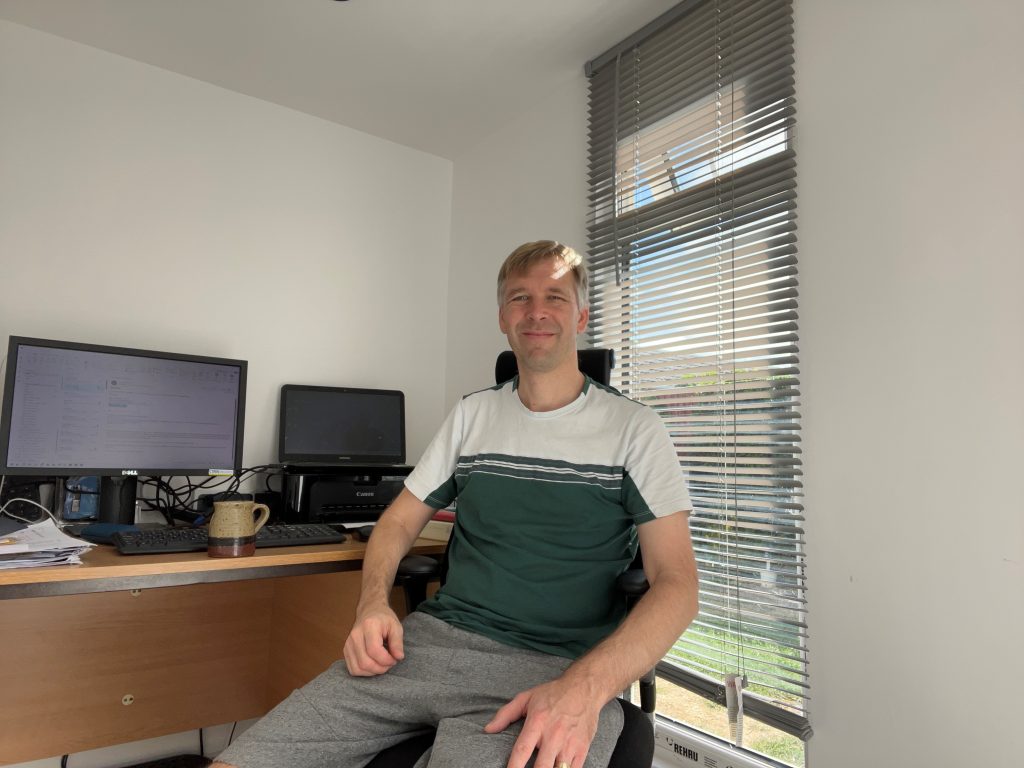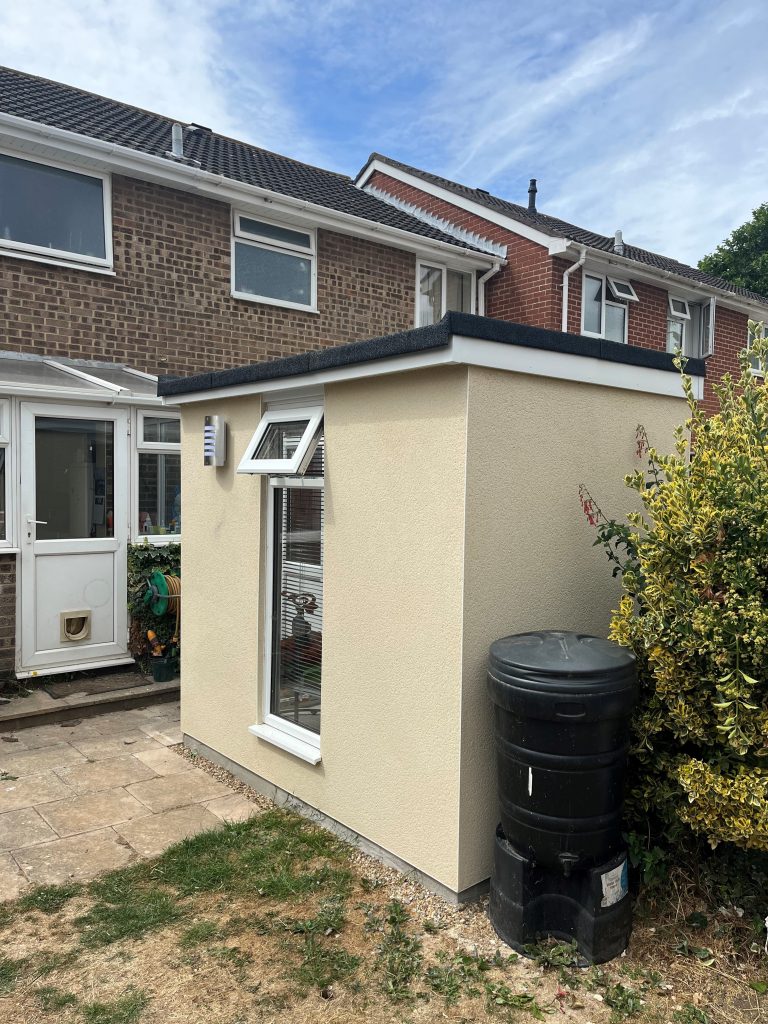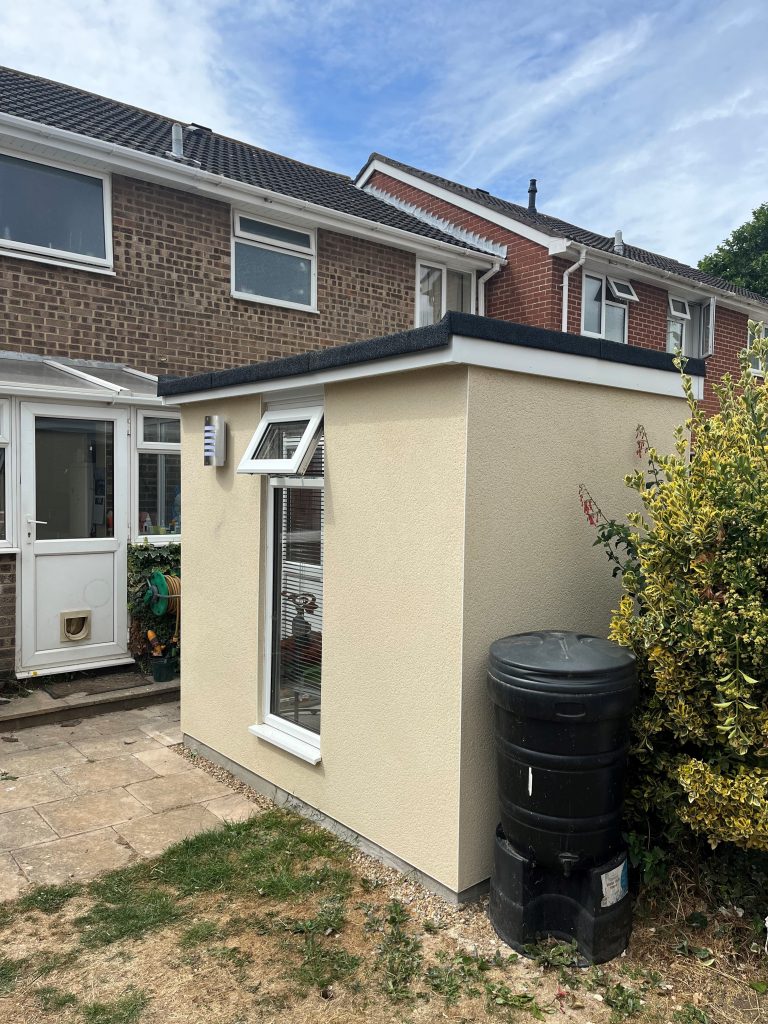Back in early 2020 if you’d have said to me there’d come a time when I’d be writing blogs whilst sitting at a desk in my garden I’d think you were mad. But here I am. This blog comes to you from my shiny new garden office.

I think most of us would say our lives have been changed in some way by what’s occurred in the past 2 ½ years. In recent times, being mandated to work from home has taught us all what that it is possible to do just that – something else I would have previously thought implausible (except perhaps for a few occasional hours). For me, that newly discovered possibility of home working has been a considerable help for me striking a balance between work and some fairly challenging home responsibilities over the past year or so.
For much of 2020 and 2021 I was fortunate enough to be able to work at a desk in a small bedroom. However, the arrival of our baby daughter in January this year required the eviction of the desk when the space it occupied was needed for a cot bed. But we still needed a proper home for the desk. Therein came the idea of a garden office.
I know that the same idea has occurred to many other people. An Architect friend of mine has told me they’re getting frequent enquiries about garden offices, and our builder told me he was off to build another when he’d finished with the one in our garden. Another Architect has told me he’s getting work helping people retrospectively apply for planning permission for larger garden offices recently built without consent. (Not myself I hasten to add).
Anecdotally at least, it seems that a regular commute to work down a garden path is becoming the new norm for a lot of people.
This has several implications for the environment and Landscape Architecture. On the down side, people have been digging up gardens to make way for buildings, and this will generally be detrimental to ecosystem services such as biodiversity and the ability of rainfall to percolate into the ground. However, given the limited footprint of a garden office these detriments are small scale, and mitigatable in any case. The water that falls on the roof of my garden office collects in a water butt, and is then diverted to my veggie patch. Regrettably I don’t have a green roof, but hope to retrofit one day.
On the up side, more people home-working will mean fewer people on the road, which means less congestion and less pollution. It also means that people will more frequently be in closer contact with their gardens, and will probably therefore develop more of a relationship with the outdoor spaces they are custodians of, growing an appreciation for the dynamic nature of their micro-landscape. This will surely be good for people’s health and wellbeing, and the resultant positive mental attitude will help address presenteeism.
The shift towards home-working may well shift the objectives for development. I’ve heard of a volume housebuilder that has revised their standard house types to include an extra room that’s deliberately not big enough for a bed. People buying those houses will have an in-built option for home-working, although they wouldn’t actually leave their home in the morning. For me, having a physical separation between home and work helps flick a psychological switch and puts my brain into ‘work mode’ (or back into ‘home mode’ when I make the 2 second journey the other way, into my kitchen door).

A development I’m working on has come up with another solution. Rather than including extra space inside houses, or even extra space in private gardens (both of which would ultimately take up more land, pushing up property prices and squeezing profitability), the development proposes a communal building within which residents could rent desk-space, if they wish to do so. This way, they benefit from the convenience of work and home being merely 2 minutes apart, reducing traffic on the roads, they can enjoy the landscape designed setting of the communal building, and the housebuilder has a commercially workable business model. Could this become a new norm for development?
Of course, working from home won’t be possible for a lot of people. And it’s not necessarily desirable all the time. For the record, I’m not a complete stranger to my colleagues in Petersfield, and soon enough my use of the garden office will be on a time-share basis when my wife resumes her work after maternity leave. If ‘blended learning’ is the term given to studying partially in school / college, and partially remotely, perhaps my particular arrangements can best be described as ‘blended working’.
Speaking of blended, my 6-month-old is currently sitting in her high-chair waiting to be fed some mush, so I’d better get on my 2 second commute back home so I can join my family for dinner.
